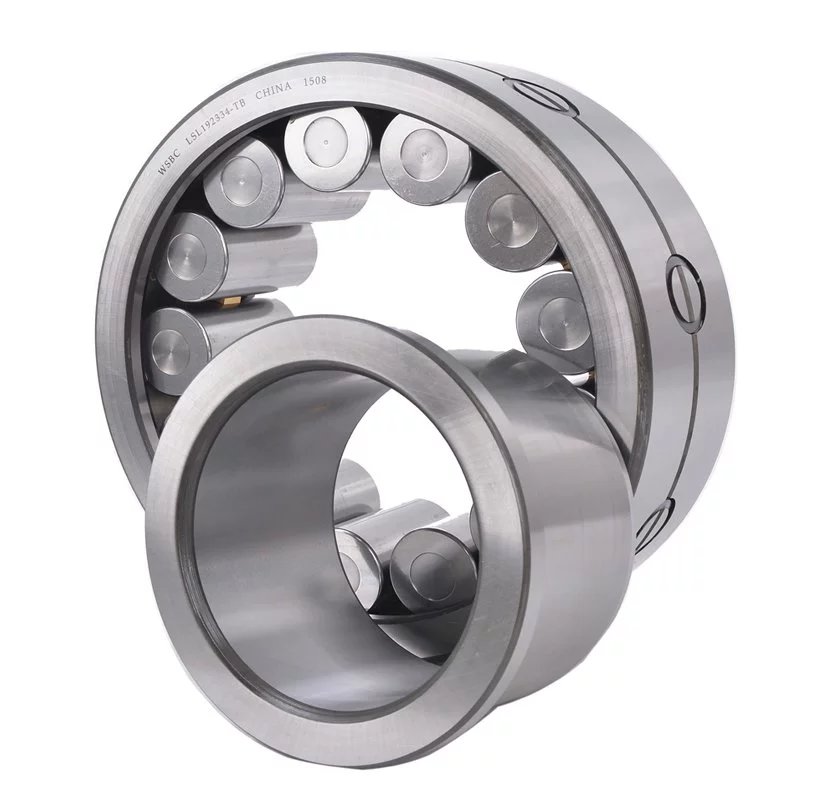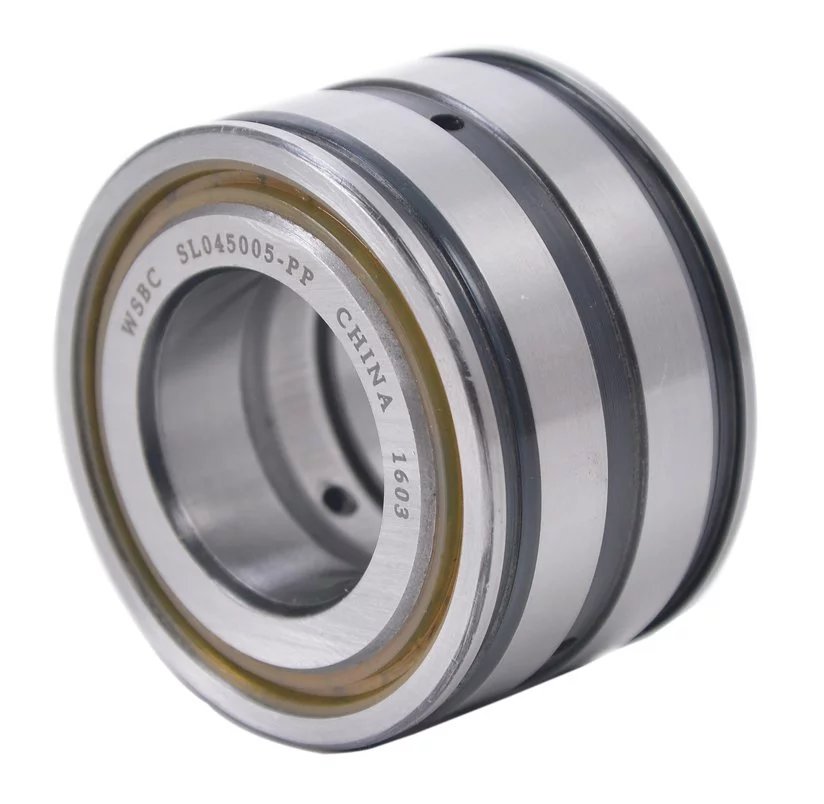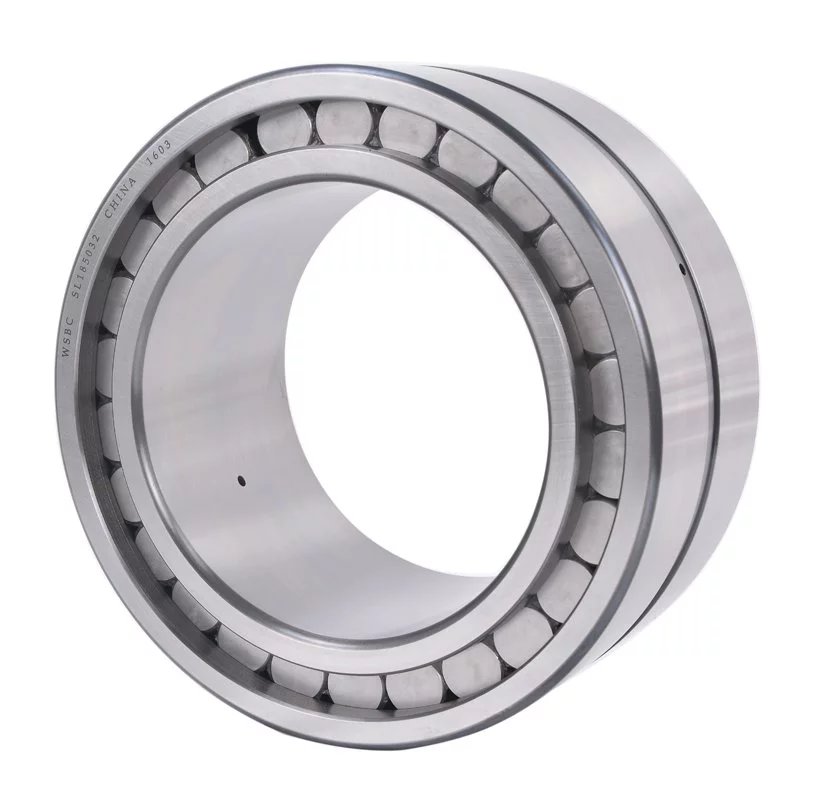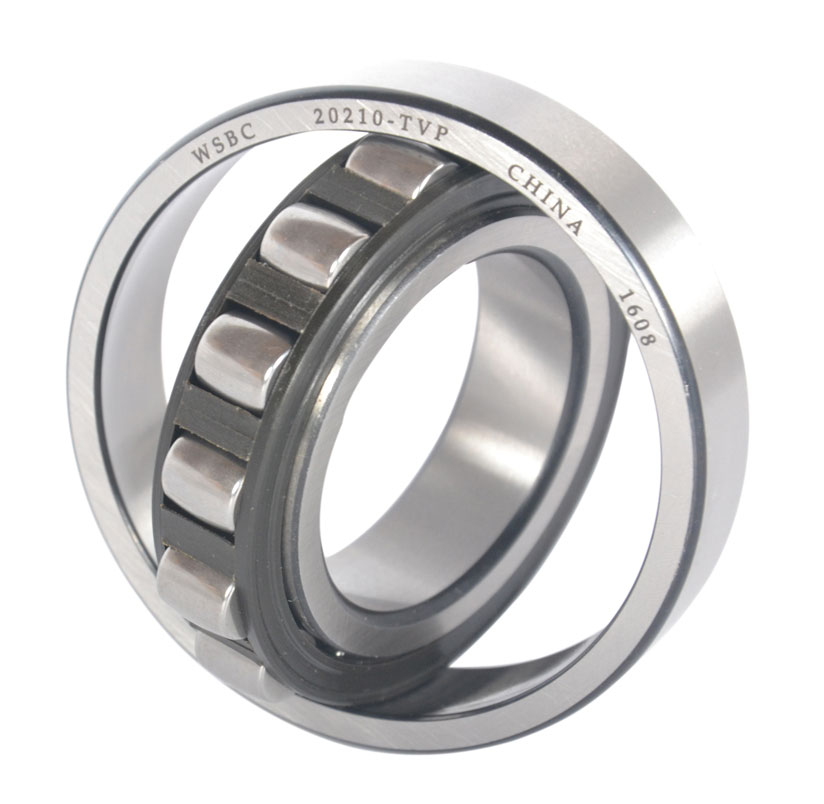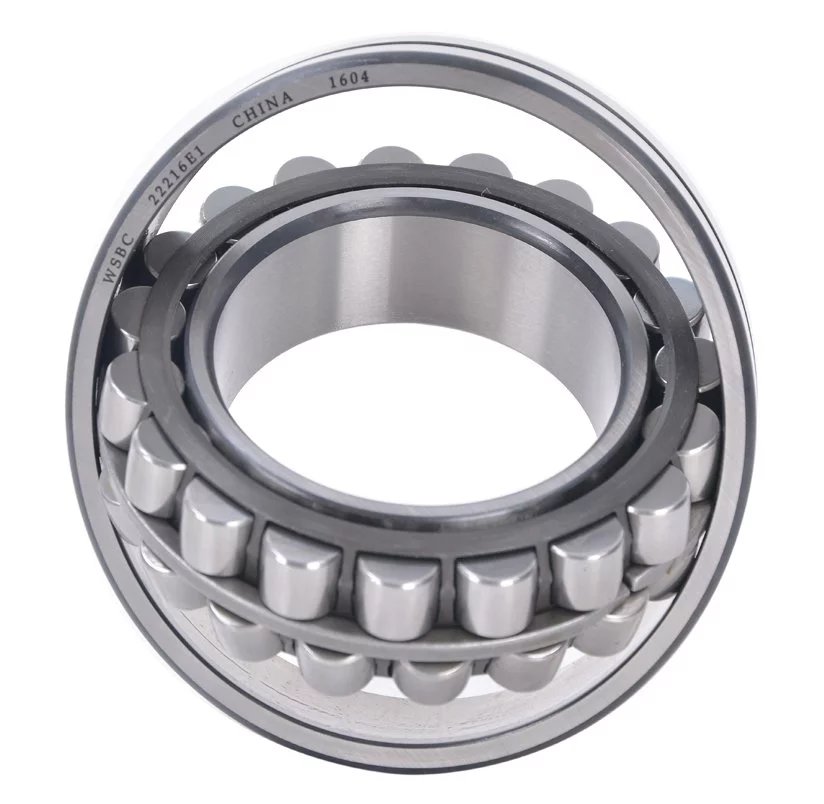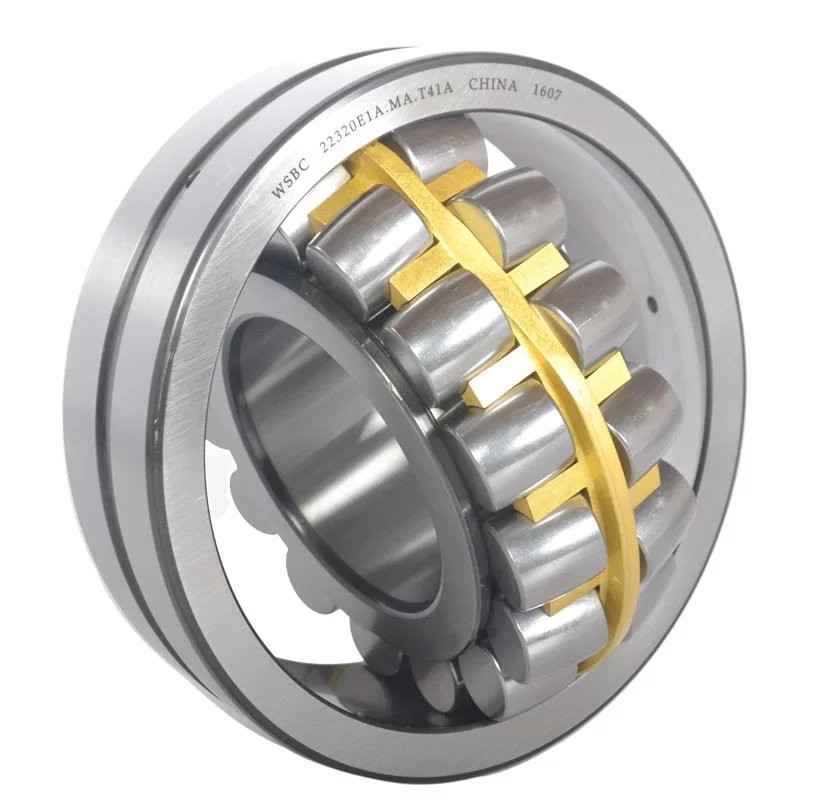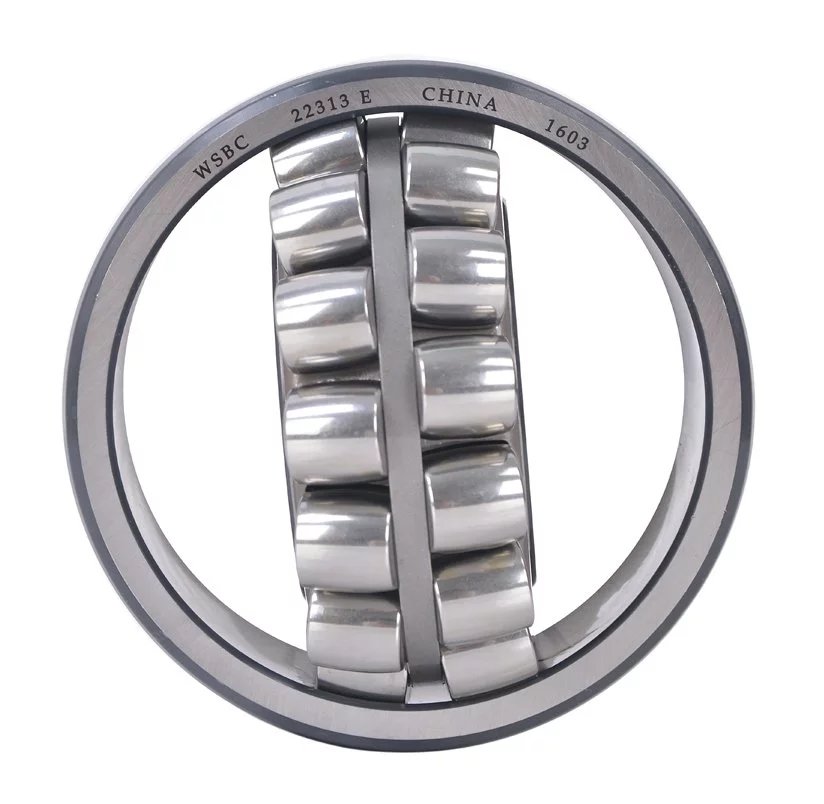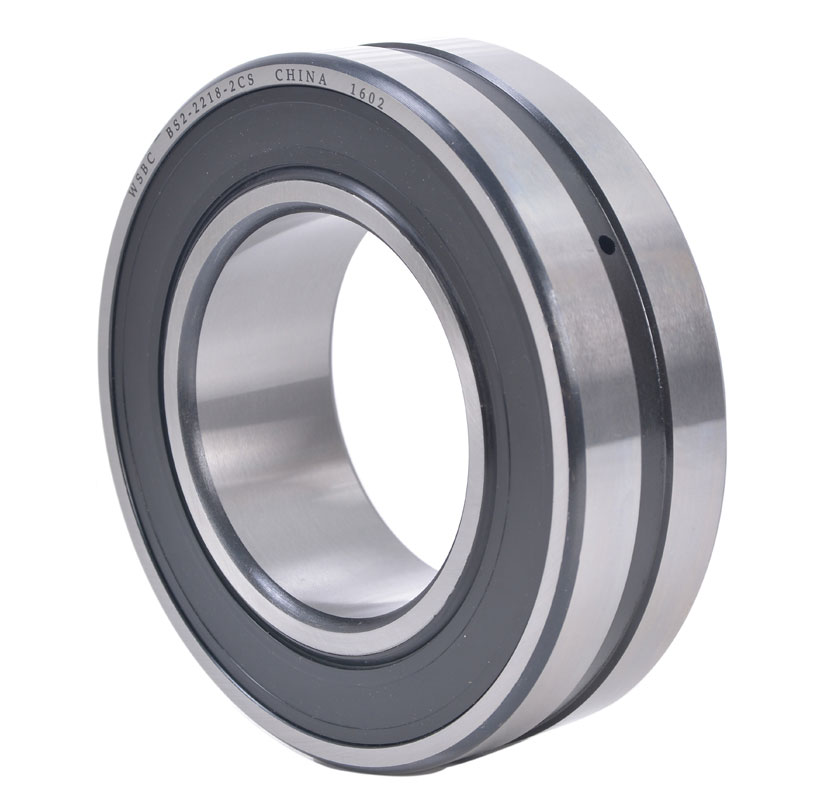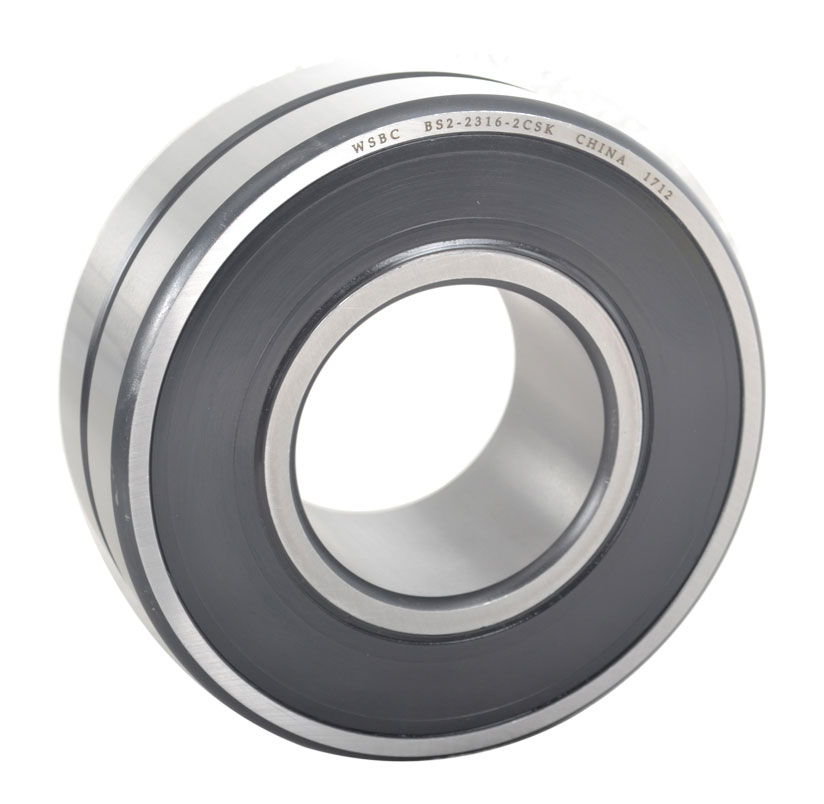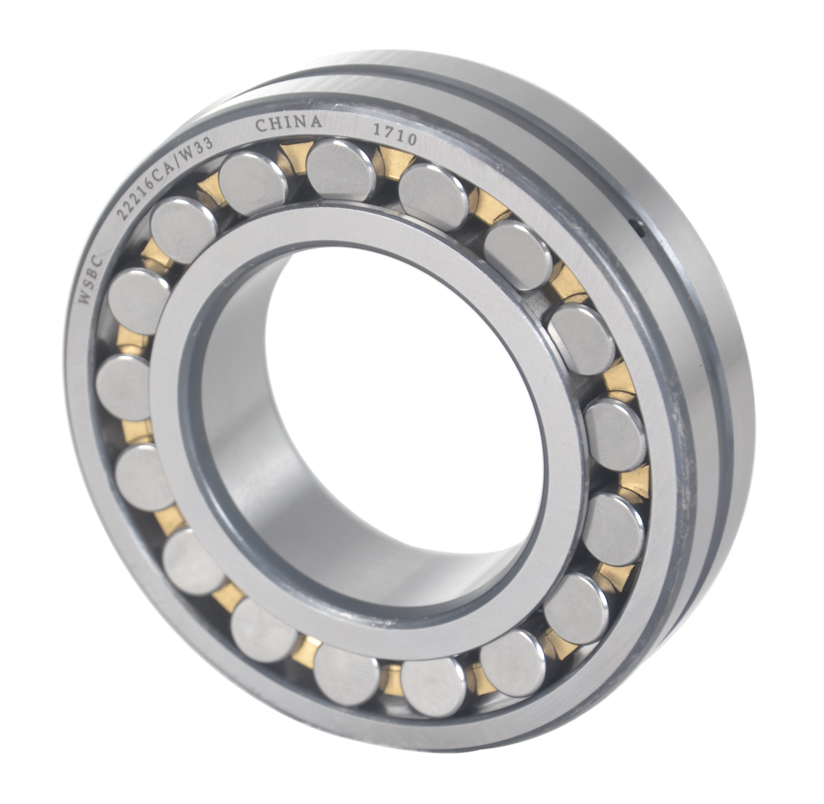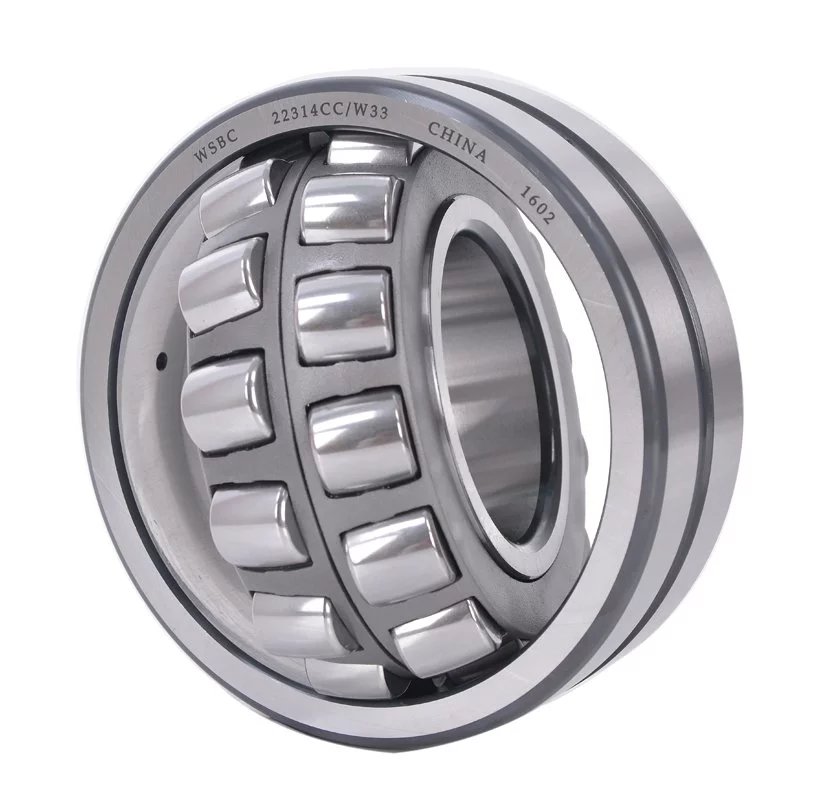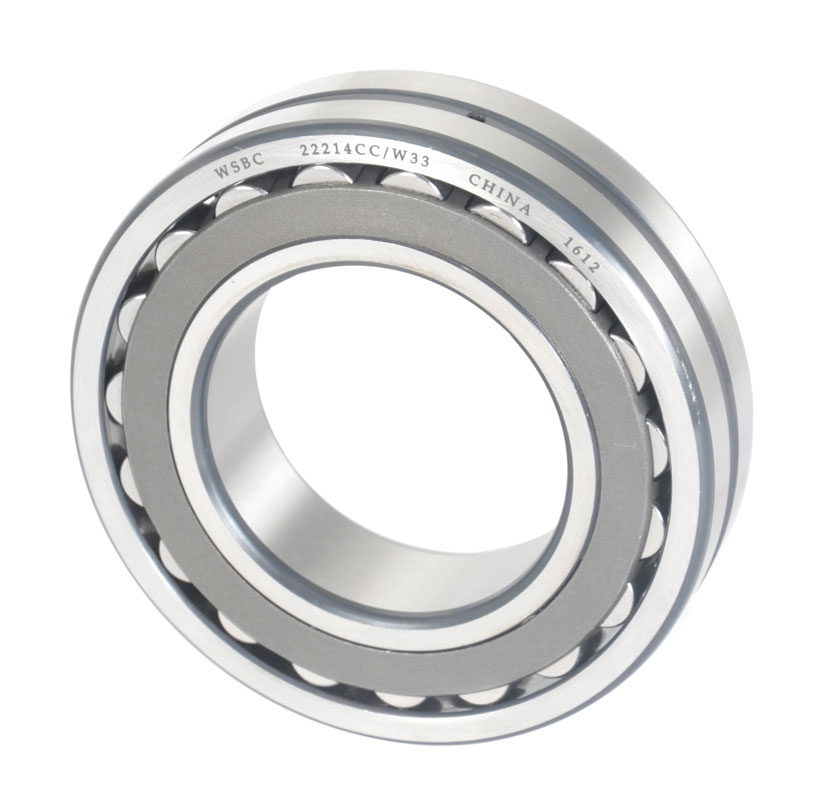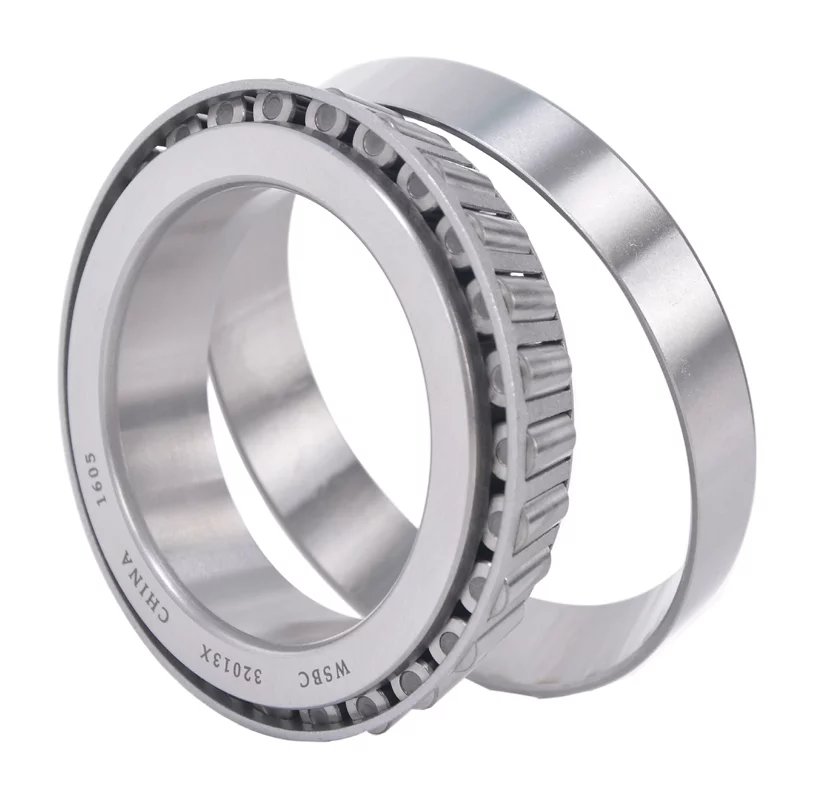News
Cylindrical Roller Bearing Load Analysis
Time:2020.12.03 Source:Roller Bearings Suppliers
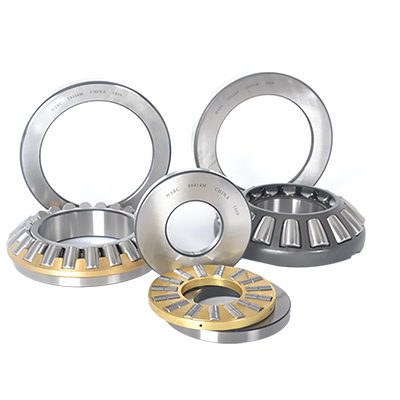
Cylindrical roller bearings are generally only used to bear radial load, only when the inner and outer rings of the single-row bearing with a side guard can bear a smaller directional axial load or a larger clearance axial load.
Bearing load is the bearing in use by the load, there are transverse load and longitudinal load.
Radial load refers to the direction of action perpendicular to the bearing axis of the load.
Axial load refers to the direction of bai line along the axis, and the radial direction perpendicular to it is the radius direction of DU along the axis.So the zhi axial load of the bearing refers to the load generated on the dao axis direction of the bearing.Colloquially, it is the force that will push the inner ring of the bearing out the outer ring.
Under normal circumstances, deep groove ball bearing or cylindrical roller bearing can be used for pure radial load.If it is a thrust ball bearing, then it is only suitable for the right amount of pure axial load.And one-way thrust ball bearings can only withstand the bearing load from one direction.Need WSBC 22311 E,click here to learn more.
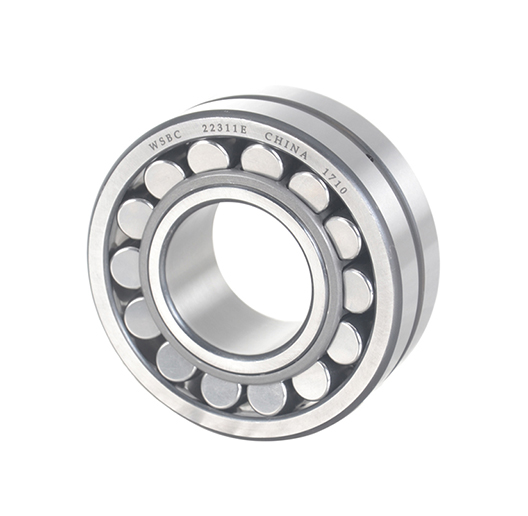
If it is a bidirectional thrust ball bearing, or a bidirectional thrust angular contact bearing, it can withstand axial loads in both directions.For example, angular contact ball bearings or tapered roller bearings are usually used if the bearings are subjected to a combination of radial and axial loads.And if it is a four-point contact ball bearing and bidirectional thrust angular contact ball bearing, then it can bear two directions to the bearing itv load as the advantage of the combined load.
However, if the combined load of the bearing is large, then the thrust bearing is only used to bear axial load, and has nothing to do with radial load.If suitable single-row radial ball bearings or four-point contact ball bearings are used to support axial loads, a proper radial clearance should be maintained between the outer ring and the seat hole.
Overturning torque can be caused if the load is applied off-center.Stainless steel bearing manufacturers, and double row ball bearings can withstand overturning torque, but we recommend that you choose with diagonal contact ball, or matching tapered roller bearings, available face to face, back-to-back type is better.Of course, you can also choose to cross tapered roller bearings.
1. Basis for selection of cooperation
According to the rotation of the payload on the agent's bearing relative to the ring, the ring bears three types of loads: local load, cyclic load, and oscillating load.Usually the cyclic load (rotating load) and swing load adopt tight fit;In general, it is not suitable to use tight fit for local load except for special requirements.When the bearing ring bears the holding load and is heavy load, the interference fit should be used in both inner and outer rings, but sometimes the outer ring can be a little loose, and it should be able to swim axially in the hole of the bearing housing shell.When the bearing ring bears the swinging load and the load is light, a looser fit than the tight fit can be used.
2. Selection of fit: the bearing and shaft fit with the base hole system, and the housing fit with the base shaft system.Bearing and shaft fit is different from the tolerance fit system used in the machine manufacturing industry. Bearing inner diameter tolerance zone is mostly below small change. Therefore, under the condition of the same fit, the bearing inner diameter and shaft mix ratio usually fits closely.Although the tolerance zone of bearing outer diameter is below the zero line with that of the base shaft system, its value is not the same as that of the general tolerance system.The choice of tolerance zone for shaft and housing hole during mounting of various bearings.Tolerances for bearings of different tolerance classes fitted to shafts and housings, or bearing samples.
Therefore, when selecting the fit, the type of load bearing of the ring should be considered first.Generally, there are three types of ring load:Click here to learn more about WSBC 22224-E1.
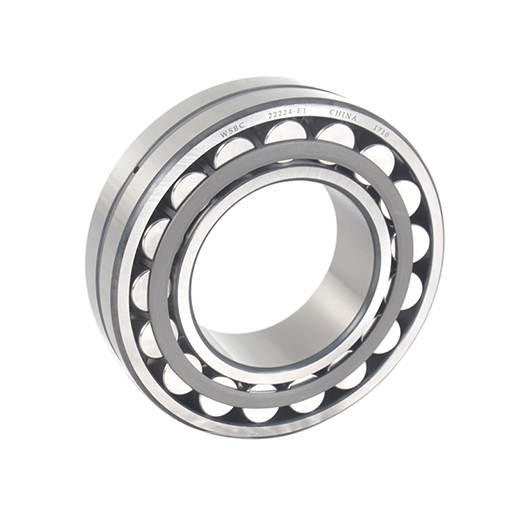
1) Fixed load
The resultant radial load acting on the ring is borne by a local area of the ring raceway and transmitted to a relative area of the shaft or housing. This load is called a fixed load.The characteristic of the fixed load is that the resultant radial load vector is relatively static with the ring.Both ring and composite radial loads do not rotate or rotate at the same speed are fixed loads.Looser fit can be chosen for the ring bearing fixed load.
2) Rotating load
The resultant radial load acting on the raceway rotates along the circumference of the raceway and is successively borne by various parts. This load is called the rotational load.
The characteristic of the rotating load is to synthesize the radial load vector relative to the ring rotation.There are three cases of rotating load:
A. The load direction is fixed and the ring rotates;
B. The load vector rotates and the ring is stationary;
C. The load vector and the ring rotate at different speeds.
3) Oscillating load and indefinite load
Sometimes the direction and size of the load cannot be determined accurately. For example, in high-speed rotating machinery, in addition to the load bearing the rotor weight is fixed in the direction, there is also the rotating load caused by the unbalanced mass. If the rotating load is much larger than the fixed load, then the resultant load is still the rotating load.If the rotary load is much smaller than the fixed load, the resultant load is the oscillating load.The magnitude and direction of the rotating or swinging load are constantly changing.But in the variable working state, some rings may be subjected to a rotating load, a fixed load, and a swinging load.This load is called an indefinite load.
Swing load and variable load should be treated equally with rotary load, too loose fit will lead to fit surface damage.
The transition fit or interference fit should be selected for the ring and shaft or seat hole rotating in the direction of load.The interference size is based on the principle that when the bearing is working under load, no "creep" phenomenon occurs on the matching surface of its ring on the shaft or in the seat hole.When the load is very light, or when the ring rotates at low speed occasionally under heavy load, the transition fit can be selected. In this case, the shaft surface should have a higher hardness and a smaller surface roughness.
Hot Topics
Copyright © Wuxi Spark Bearings Co.,Ltd Co., Ltd All Rights Reserved. Sitemap
www.spark-bearing.com. Profession in Roller Bearings, Ball Bearings and Taper Toller Bearings-China Suppliers.
